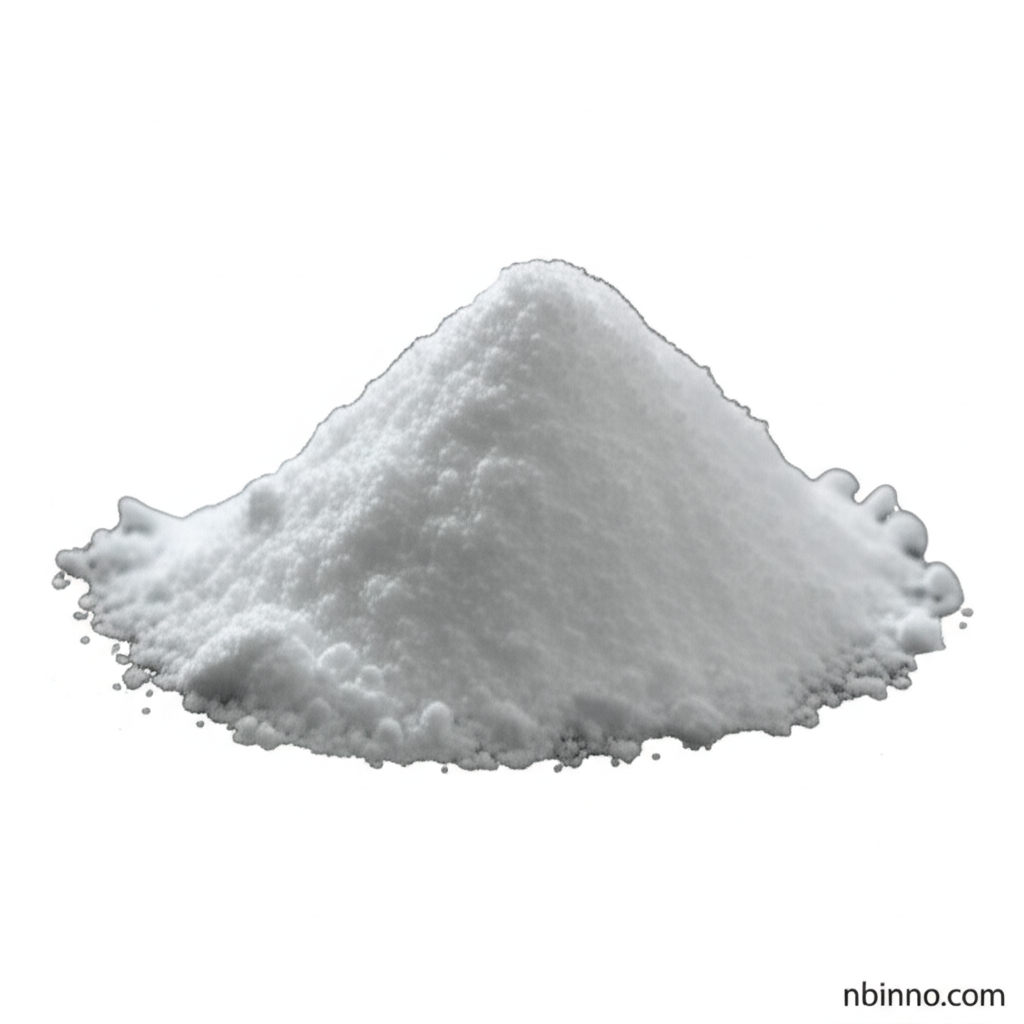Flufenamic Acid: A Comprehensive Guide to its Pharmaceutical Applications and Benefits
Explore the multifaceted roles of Flufenamic Acid in pharmaceuticals, from inflammation management to advanced research.
Get a Quote & SampleProduct Core Value

Flufenamic Acid
Flufenamic Acid is a well-regarded nonsteroidal anti-inflammatory drug (NSAID) known for its efficacy in managing pain and inflammation. Its core value lies in its dual action: inhibiting cyclooxygenase (COX) enzymes to reduce prostaglandin synthesis and modulating specific ion channels, which offers unique therapeutic potential.
- Understanding the flufenamic acid mechanism of action is key to unlocking its full therapeutic potential in pharmaceutical applications, offering insights into pain and inflammation pathways.
- As a crucial flufenamic acid pharmaceutical intermediate, it serves as a vital building block in the synthesis of advanced drug compounds.
- The role of flufenamic acid as an anti-inflammatory drug has been historically significant in treating conditions like arthritis and muscle pain.
- As a flufenamic acid ion channel modulator, it provides researchers with a valuable tool for exploring cellular signaling mechanisms and potential new drug targets.
Key Advantages
Potent Anti-inflammatory Action
Leveraging its function as a flufenamic acid anti-inflammatory drug, it effectively suppresses inflammatory mediators, providing relief from conditions associated with inflammation.
Versatile Research Tool
The unique properties of flufenamic acid as an ion channel modulator make it an indispensable flufenamic acid research tool for scientists studying cellular signaling and disease progression.
Facilitates Drug Synthesis
Its status as a flufenamic acid pharmaceutical intermediate ensures its critical role in the development and manufacturing of a wide range of pharmaceutical products.
Key Applications
Pharmaceutical Manufacturing
Flufenamic acid serves as a vital flufenamic acid pharmaceutical intermediate, crucial for the synthesis of various active pharmaceutical ingredients.
Inflammation Research
Its well-defined flufenamic acid mechanism of action makes it a key compound for studying inflammatory pathways and developing new anti-inflammatory therapies.
Pain Management Therapies
As an effective flufenamic acid anti-inflammatory drug, it contributes to the development of analgesics and treatments for pain-related conditions.
Ion Channel Studies
Its identified role as a flufenamic acid ion channel modulator positions it as a critical reagent for researchers investigating cellular excitability and signaling.
